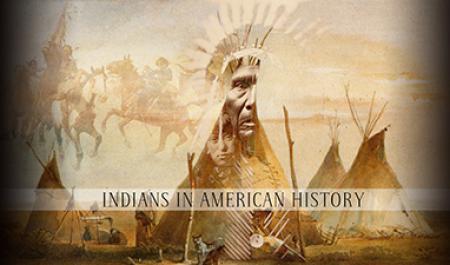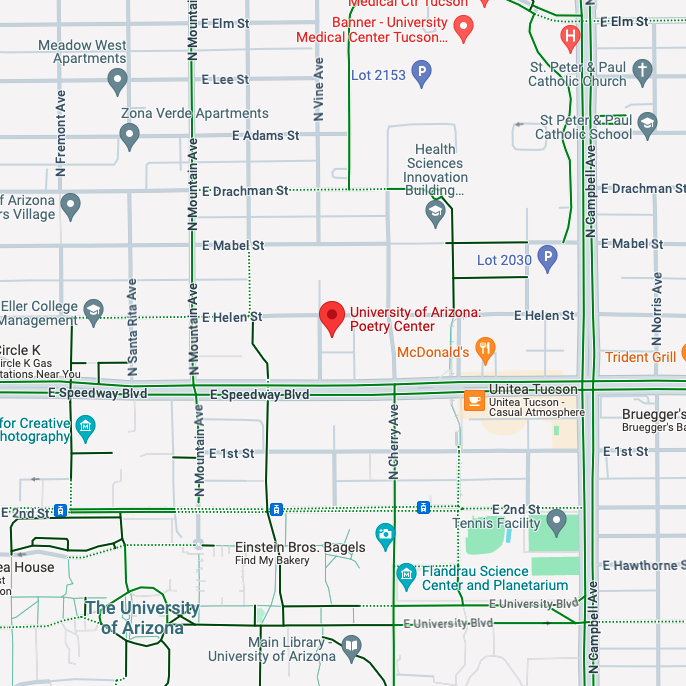This course traces the often-changing experiences American Indians had from just before the War for Independence to the twentieth century. It will focus on how they dealt with the expanding nation and its pioneer citizens. Their tactics varied from contact, cooperation, and competition to conflict with the newcomers. Major differences in how the two races saw their lands and resources explain the violence that resulted. The U.S. lacked any consistent policy for its treatment of the tribes; and even when its goals seemed humane, their implementation could be disastrous. When military operations ended, most of the survivors lived on reservations until after World War II. Since then, educated tribal leaders, changing federal laws, waning anti-Indian prejudice, and increasing cultural pride have brought major changes to their situation in the general society.






